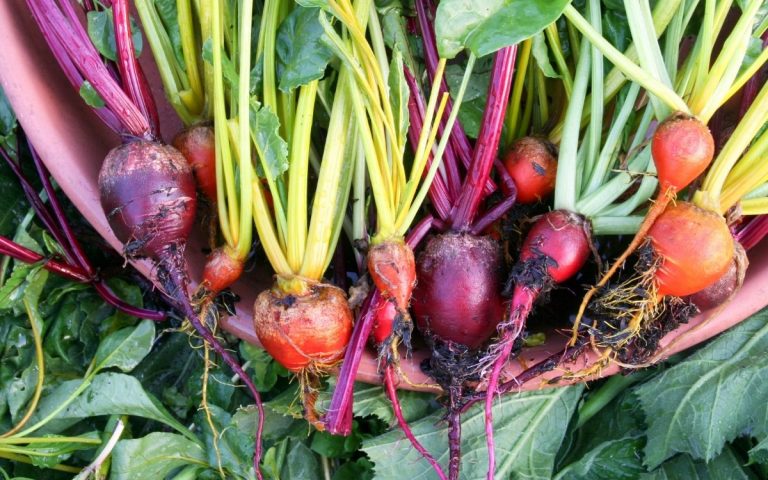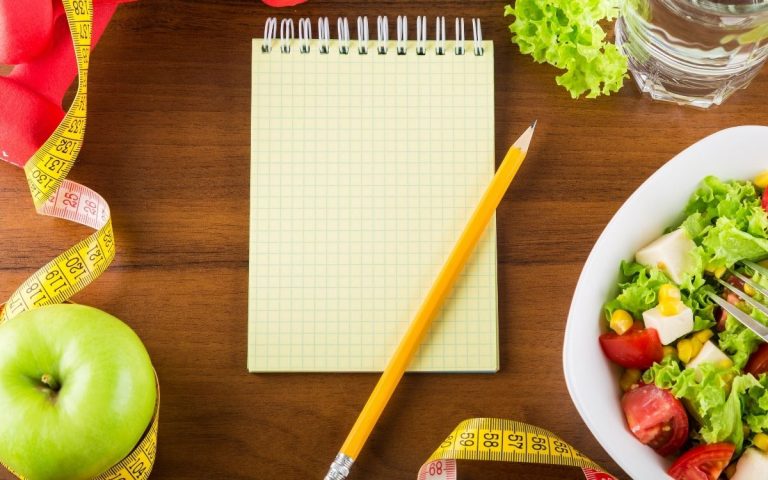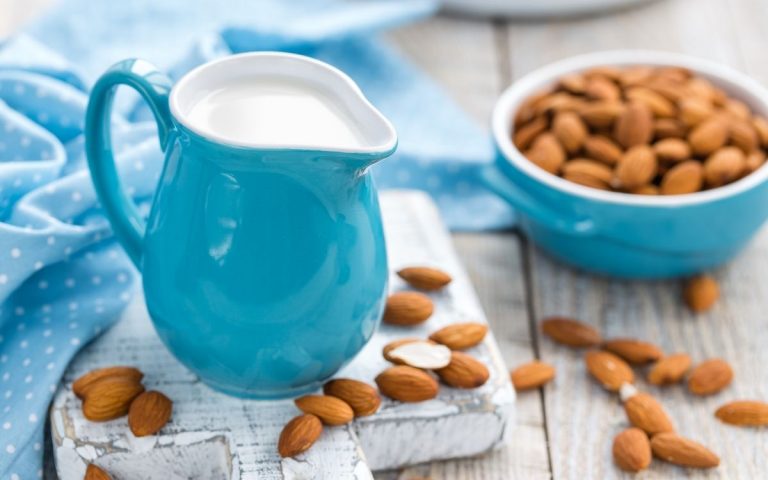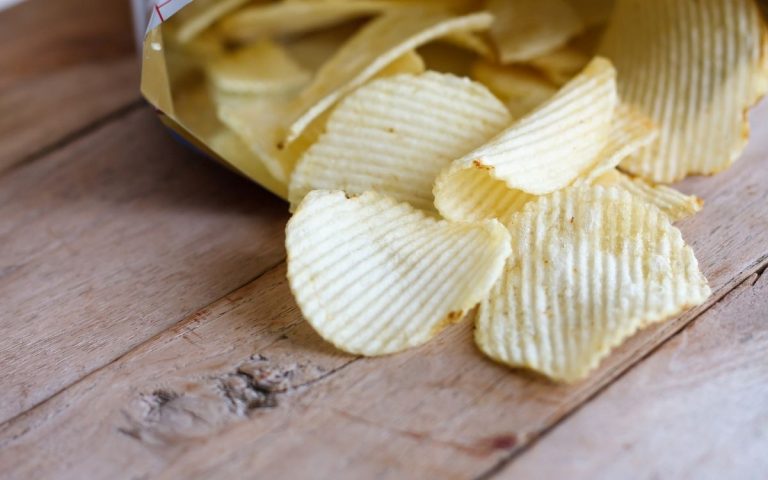Is Literal Low Hanging Fruit Bad?
Have you ever heard the term “low hanging fruit”? It describes something easy to achieve or check off a list.
Depending on how you look at things, low-hanging fruit can be bad or good. A salesperson needs to go after low-hanging fruit to make sure they’re hitting their numbers, but an intelligent scientist who is always going after low-hanging fruit may not ever achieve their full potential.
But what about literal low-hanging fruit, like the kind that grows on a tree or bush? Is the stuff that grows low to the ground actually bad?
Low-hanging fruit isn’t necessarily bad, it’s just that the fruit at the top of the tree has better access to sunlight and more room to grow and ripen. However, since it’s close to the ground, low-hanging fruit is more susceptible to getting dirty, bruising, and attracting crawling insects.
As you can see from the different ways it’s used, the phrase low-hanging fruit is full of nuance and double meaning. Where does the phrase come from? Let’s dive into where we get the saying and whether low-hanging fruit is good or bad for you.
Where the Phrase Comes From

The phrase low-hanging fruit started as something farmers and other agricultural players said in regards to fruit that literally hung lower on the tree. The fruit hanging lower on bottom branches or under the bushes is easier to get to and often doesn’t require any special equipment to get to. Work is faster and easier.
If you’re picking apples, grabbing all of the low-hanging fruit makes it easier to fill baskets and bushes much quicker.
Is Low-Hanging Fruit Bad?
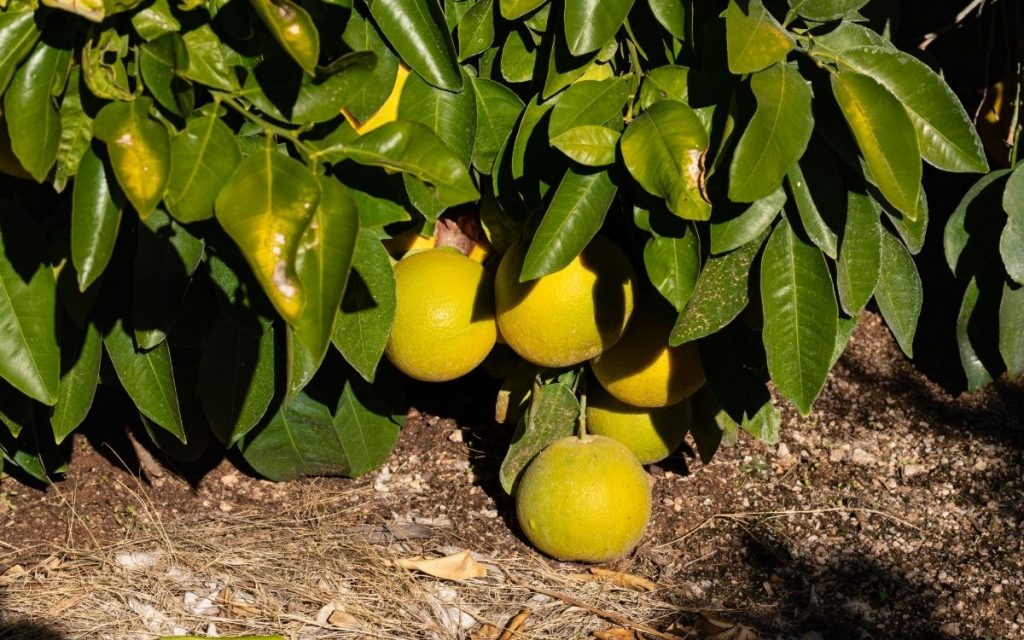
Many things in life are relative, and that’s the case when it comes to low-hanging fruit. You’re going to find plenty of nice fruit on lower bushes. A lot goes into what makes a good pear, peach, or apple. You’ve got the climate, soil quality, quality of care, the type of seeds, etc., that all make up whether a piece of fruit will taste terrific, last on the shelf, and deliver the nutrients you expect.
However, low-hanging fruit does get a bad rap when compared to fruit that sits higher up on a tree or bush. That’s because higher branches get more sunlight, and they’re often less crowded, giving the fruit on top more space and more light to grow. Fruit on top usually ripens faster, so when it’s time to harvest the best ripe fruit at the top, there are going to be fewer perfect pieces of fruit at the bottom.
From Farm to Table
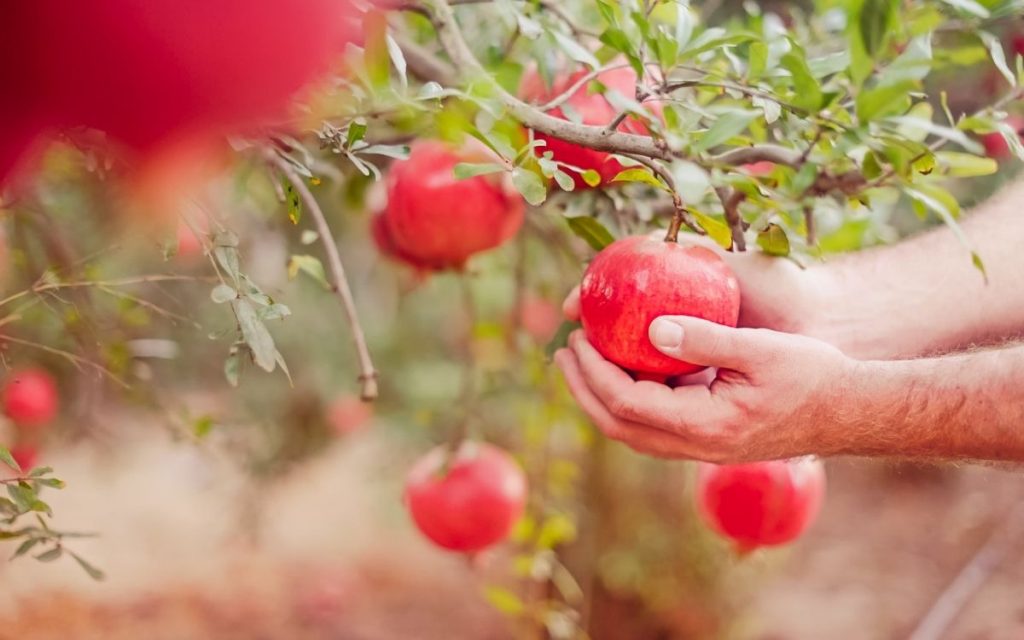
When it comes to farming at scale, low-hanging fruit is a must. Sure, you have small, individual farms that will go to great lengths to ensure each piece of fruit they use in products is high up on the branches, but that’s not realistic when you’re talking about feeding millions of people. The low-hanging fruit has to be part of the equation when it comes to operating large farms that distribute foods across the world.
Grabbing fruit lower on the tree or branch requires less in the way of scaffolding. Farmers also don’t have to use long pickers, climb ladders, or risk injury going after higher fruit. It may not matter as much on a small peach tree, but if you’re dealing with large apple trees or a tall mango tree, then there is certainly some risk to climbing high up in the tree to harvest the best fruit.
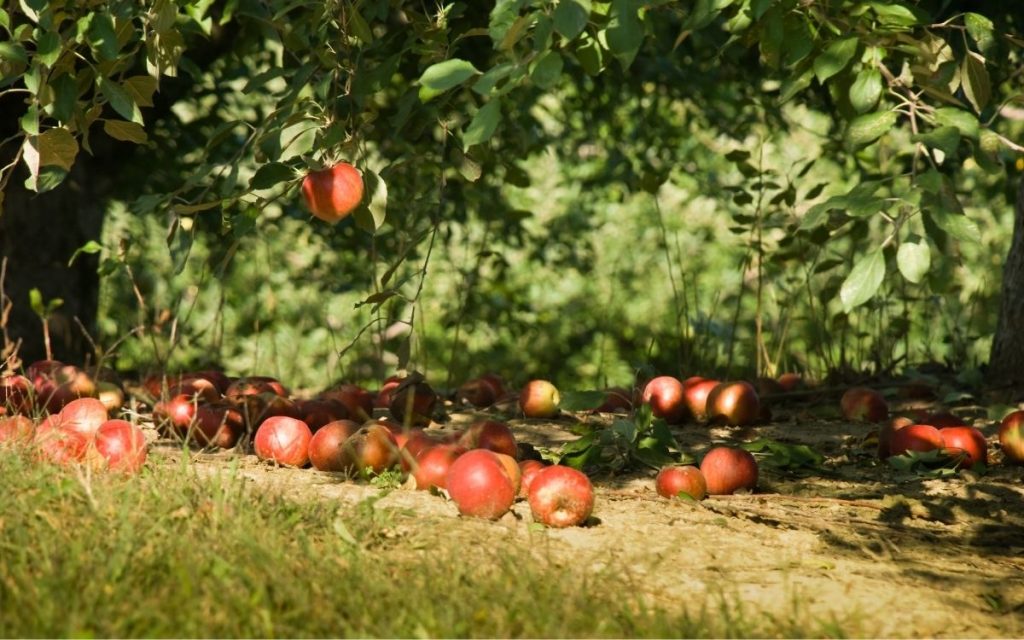
So, now that we know that higher fruit is often better quality, what does that mean for us? It’s tough to go to the grocery store and identify the fruit that was located at the top of a tree. They don’t label which fruits came from which parts of each tree. That’s impractical. Instead, we’re left with other choices about ways we can apply the term low-hanging fruit in our lives.
And, yes, you could find a local farm and visit them to harvest your own fruit. Lots of places have self-picking orchards where they give you a bucket, and then you pay for what you pick. It’s a fun family experience or a cool date to try, but it’s not something you can do every week to get the fruit you want for your fridge. Instead, you’ll have to do your best to pick the best fruits that look the heartiest and freshest.
What we can do, however, is apply the term low-hanging fruit in ways that improve our nutrition and keep us healthier.
Go After Low-Hanging Fruit to Build Healthy Habits
When you think about low-hanging fruit in your diet, what comes to mind? If you’re not where you want to be right now with regard to your health, change can be daunting. You’ll look online and see people telling you to change the way you’re eating completely and to start running five miles a day. That’s a lot to ask of someone busy with a full-time job and taking care of a family.
This is when the term low-hanging fruit comes in handy. You don’t have to change everything all at once. You can start small and build from wherever you are right now. For example, the low-hanging fruit for you might be cutting out late-night snacking. You can start restricting yourself from eating after a certain hour every day to lower your total calorie consumption and prevent mindless eating while you’re watching a show or hanging out with friends.

Another piece of low-hanging fruit may be to not drink your calories. If you’re drinking a mixed coffee drink two times a day, you’re likely consuming hundreds of extra calories. That’s almost like having a fourth meal every day. There are also probably tons of sugar there that are also bad for you and will trigger cravings later in the day. Stick to water and other zero-calorie drinks instead to reduce the total number of calories you eat throughout the day. You’ll start seeing results in the mirror and feel better about yourself overall!
Another low-hanging fruit could be taking a daily walk to get more exercise. These days, it’s easier than ever to live sedentary lives. Most of us work on a computer or our phones, and we’re not up swinging a hammer or picking apples from trees as people did generations ago. Things are automated and effortless. Progress has been good, but for many, it’s come at a detriment to our health. People stopped moving and are still eating identical amounts of food.
You can start moving more by walking daily as part of a routine. It doesn’t have to be miles at first, but you’ll likely start enjoying it and stretch it more and more each day. Walking has a ton of health benefits, and being outside is great for your mental health as well!
The Low-Hanging Truth
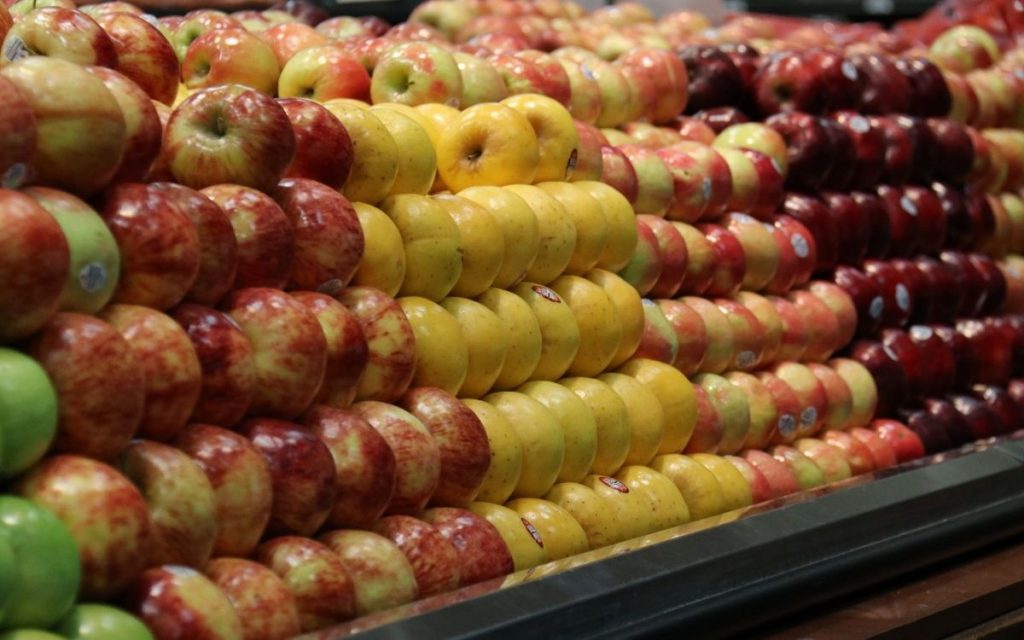
At the end of the day, you can’t really tell whether you’re eating fruit from high up on the tree or low-hanging fruit on the bottom branches. They all end up in the same pile on your grocery store shelves. In an ideal world, we’d all be eating higher fruit, but you can start targeting figurative low-hanging fruit to feel better and get healthier!
Resources
https://www.cccsolutions.com/low-hanging-fruit-increases-the-risk-of-follow-up-fatigue/



